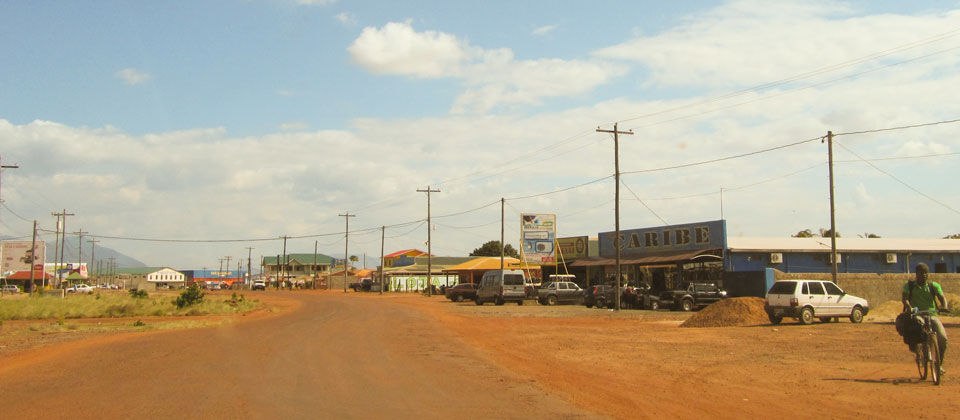The drilling of eight Wells in Region Nine (Upper Takutu-Upper Essequibo) through a collaboration between the Governments of Guyana and Brazil will commence on October 4.
Reporting on the second working group meeting held at the Civil Defence Commission (CDC) on Tuesday, the Ministry of the Presidency noted that the equipment and support vehicles are expected to arrive in Guyana on October 1, 2018, while drilling will commence on October 4, 2018.
Already, the Ministry of Public Infrastructure, with approval from the Cabinet, has commenced roadworks to facilitate the smooth transportation of the vehicles and equipment from Brazil through Lethem to the targeted communities.
The Wells will be drilled by the Brazilian Army in close collaboration with the Guyana Defence Force in the villages of Aishalton, Chukrikednau, Shea, Maruranawa, Awarawaunau, Karaudarnau, Achiwib and Bashraidrun.
The aim of this process is to develop the capacity of GDF’S Engineering Corps to drill future artesian wells and to respond to future water shortages caused by extensive droughts.
According to the Ministry of the Presidency’s statement, it is the intention of the Brazilian team to have the wells handed over to the Guyanese authorities on November 28, 2018.
Tuesday’s meeting was attended by Director General of the organisation (CDC), Lieutenant Colonel Kester Craig, Brazilian Military Attaché to Guyana, Colonel Deni Da Silva and stakeholders from the Ministries of Communities, Public Health, Foreign Affairs and Agriculture as well the Guyana Defence Force (GDF), Department of Citizenship, Guyana Police Force (GPF), Guyana Revenue Authority (GRA), Hydro-meteorological Office and Guyana Water Incorporated (GWI).
Colonel Craig said that the drilling of the wells is an important part of disaster response and preparedness, particularly during the El Niño season.
“As we know, [the] Rupununi is susceptible to droughts and floods …the residents use hand dug wells and you find that a couple weeks into the dry season, there is no water for them to use. Those wells are usually about 20 metres but these…will be 100 metres, which translates to about 300 feet. It is all part of us responding to the drought situation during the dry season in the region,” he was quoted saying.
This project follows President David Granger’s State visit to Brazil in December 2017, where an agreement was inked for the countries to implement the Project Technologies to Reduce the Effects of the Drought in Region Nine.
The Complementary Agreement states that the Government of Brazil shall undertake to also promote the transfer of Brazilian knowledge and experience related to mitigation of the effects of drought.
Meanwhile, the Government of Guyana, as prescribed in the Agreement, shall undertake to take responsibility for the maintenance of the artesian wells that will be drilled and provide the Brazillian team with the required support.












